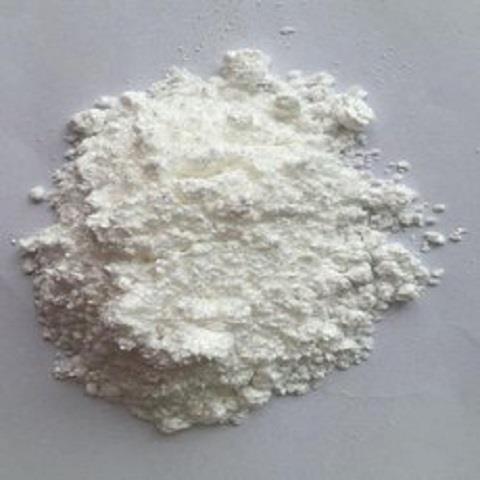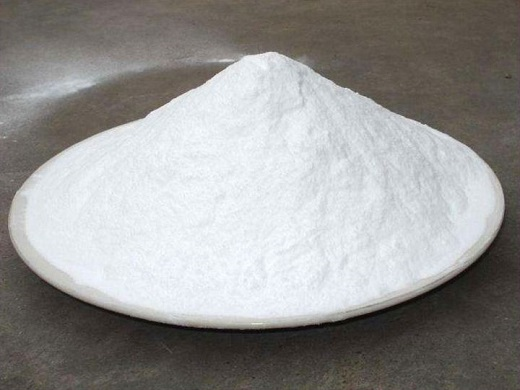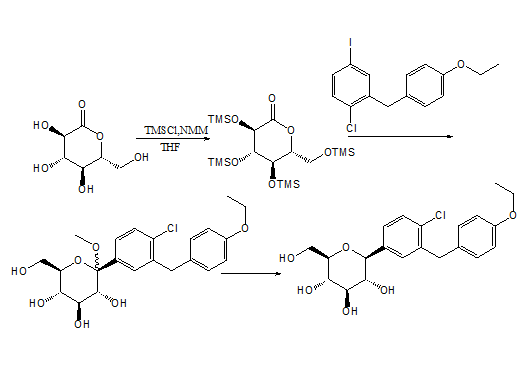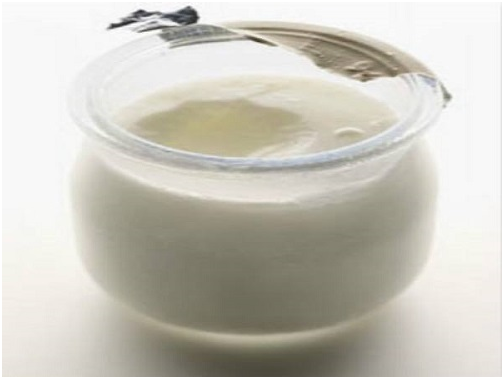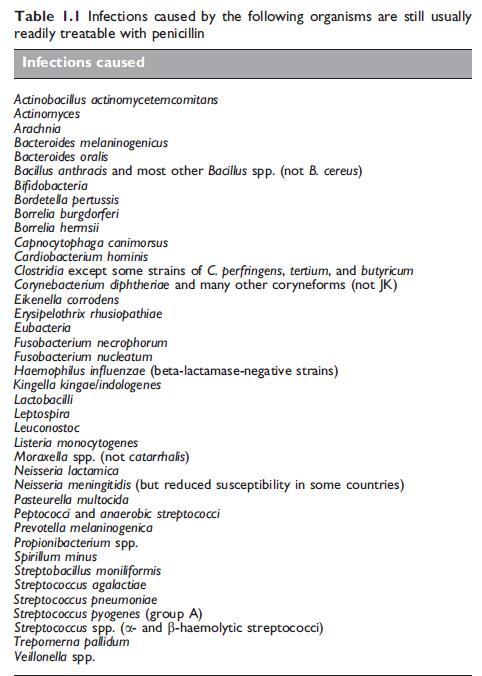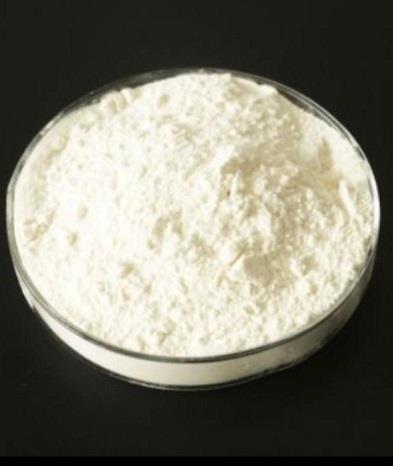Active Pharmaceutical Ingredients (API), popularly speaking, are the raw materials of medicines, only pharmaceutical raw materials are processed into pharmaceutical preparations , can they become medicines available for clinical use, so drugs we usually eat are the finished drugs through processing. Active Pharmaceutical Ingredients based on its sources can be divided into two major categories ,including chemical synthetic drugs and natural chemical drugs. Chemical synthetic drugs can be divided into organic synthetic drugs and inorganic synthetic drugs. Inorganic synthetic drugs are inorganic compounds ( very few is element), such as aluminum hydroxide, magnesium trisilicate which are used for the treatment of gastric and duodenal ulcers ; organic synthetic drugs are mainly composed of drugs made by basic organic chemical raw materials, through a series of organic chemical reactions (such as aspirin, chloramphenicol, caffeine, etc.). Natural chemical drugs ,based on its sources,can be divided into two categories including biochemical drugs and plant chemical drugs. Antibiotics are generally made by the microbial fermentation, which belongs to the biochemistry category. A variety of semi-synthetic antibiotics occurs in recent years,which are biosynthesis and chemical synthesis combining products.Among active Pharmaceutical Ingredients, the organic synthetic drugs varieties, yields and values have the largest proportion,which are the main pillars of the chemical and pharmaceutical industries. The quality of active Pharmaceutical Ingredients decides whether the formulation is good or bad , so its quality standards are very strict ,countries in the world have developed national pharmacopoeia standards and strict quality control methods for its widely used active Pharmaceutical ingredients.
Side effects of Ciprofloxacin
Ciprofloxacin is a fluoroquinolone (also called 4-quinolone, or quinolone carboxylic acid) which was developed by Bayer Pharmaceuticals for both oral and parenteral use. It is one of the second genera
Mar 11,2022 APISide-effects of Tinidazole
Tinidazole, 1-[2-(ethylsulfonyl)ethyl]-2-methyl-5-nitroimidazole, is a nitroimidazole drug similar to metronidazole. It was synthesized in 1969 and it has a similar activity profile as metronidazole i
Mar 11,2022 APIPhenoxypenicillins: Antimicrobial Activity, Susceptibility, Administration and Dosage Clinical Uses etc.
Four acid-stable phenoxypenicillins have been developed, all suitable for oral administration. Their clinical use is restricted for the treatment of minor infections and chemoprophylaxis since the ser
Mar 11,2022 APIPreparation and use of vanillin
This article describes a background overview of vanillin and its preparation and application
Mar 11,2022 APIA kind of preparation method of dapagliflozin
This article describes a preparation method for dapagliflozin and an overview of its background
Mar 11,2022 APIA kind of preparation method and use of lactic acid
This article describes a preparation method and main uses of lactic acid
Mar 11,2022 APIClinical Uses of Penicillin G
Pen G remains a very effective treatment for infections caused by group A beta-hemolytic streptococci (which have not, to date, developed resistance to penicillin), such as pharyngitis, scarlet fever,
Mar 11,2022 APIPenicillin G: Antimicrobial Activity, Susceptibility, Mechanism of Drug Action, Drug Administration and Dosage etc.
In spite of the availability of many new antibiotics, and the progressive development of resistance in bacterial species, penicillin G (Pen G) remains a very effective agent.
Mar 11,2022 APISide-effects of Metronidazole
Metronidazole is a nitroimidazole drug similar to tinidazole. It has the chemical formula 1-(2-hydroxyethyl)- 2-methyl-5-nitroimidazole (C6H9N3O3) and a low molecular weight of 171.15 kDa. Following t
Mar 10,2022 APIDalbavancin---semisynthetic lipoglycopeptide
Dalbavancin (Zeven, Pfizer Inc.) is a semisynthetic lipoglycopeptide with an extended half-life that enables once-weekly dosing. It has potent in vitro activity against most Gram-positive organisms wi
Mar 10,2022 API




